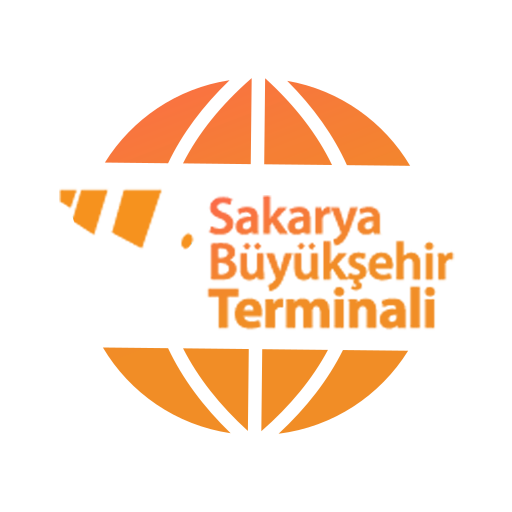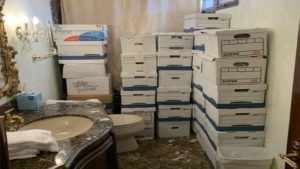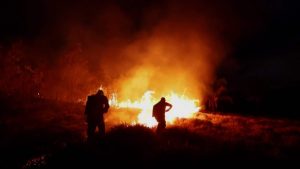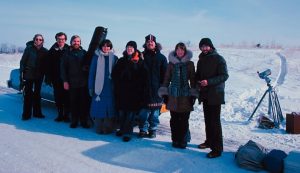Search for survivors continues following deadly Japan earthquakes

A series of powerful earthquakes that hit western Japan left at least 62 people dead Wednesday, as rescue workers fought to save those feared trapped under the rubble of collapsed buildings.
Aftershocks continued to shake Ishikawa prefecture and nearby areas two days after a magnitude 7.6 temblor slammed the area on Monday. The first 72 hours are considered crucial to save lives after disasters.
Damage was so great that it could not immediately be assessed. Japanese media reports said tens of thousands of homes were destroyed.
Of the deaths, 29 were counted in Wajima city, while 22 people died in Suzu, according to Ishikawa Prefectural authorities. Dozens of people have been seriously injured, including in nearby prefectures.
‘I don’t think we can live here’
Water, power and cell phone service were still down in some areas. Residents expressed sorrow about their uncertain futures.
“It’s not just that it’s a mess. The wall has collapsed, and you can see through to the next room. I don’t think we can live here anymore,” Miki Kobayashi, an Ishikawa resident, said as she swept around her house.
Their house was also damaged in a 2007 quake, she said.
Although casualty numbers continued to climb gradually, the prompt public warnings, relayed on broadcasts and phones, and the quick response from the general public and officials appeared to have kept at least some of the damage under control.
The rescue efforts that quickly followed by firefighters, police and the military proved a testament to how this nation has repeatedly withstood disasters, which have practically become a part of everyday life.
Situation still unpredictable
Toshitaka Katada, a University of Tokyo professor specializing in disasters, said the people were prepared because the area had been hit by quakes in recent years. They had evacuation plans and emergency supplies in stock.
“There is probably no people on Earth other than Japanese who are so disaster-ready,” he said in a telephone interview with The Associated Press.
Katada warned the situation remains precarious and unpredictable. The March 2011 quake and tsunami in northeastern Japan had been preceded by other quakes.
“This is far from over,” Katada said.
Predictions by scientists have repeatedly been proven wrong, such as with the 2016 quake in southwestern Kumamoto, an area previously seen as relatively quake-free. The only real projection possible is that you can’t make projections, Katada said.
“Having too much confidence in the power of science is very dangerous. We are dealing with nature.”
Canadian jolted by initial earthquake
Daniel Gan, a Canadian travel blogger from Toronto, was just sitting down to have dinner at a restaurant in Kanazawa — the capital of Ishikawa prefecture, about 50 kilometres south of the epicentre — when the first quake struck.

“Everyone’s phone went off at basically the same time with a large kind of screech,” he told CBC News. “I look at my phone. It said earthquake warning, tsunami warning, another earthquake warning, and suddenly the ground started shaking. So (the warnings) came just seconds before everything started happening.”
Gan remembers glasses and plates falling off shelves and everyone getting under the tables “in a real panic.”
As soon as the shaking temporarily stopped, “everyone bolted outside to to find an open area to take refuge,” he said.
Travel blogger Daniel Gan was visiting Japan when it was hit by a series of earthquakes, the largest of which had a magnitude of 7.6. He describes how, as a Canadian, it’s something he’d never experienced before.
Widespread damage
Japanese media aerial footage showed widespread damage in the hardest-hit spots, with landslides burying roads, boats tossed in the waters and a major fire that had turned an entire section of Wajima to ashes.
Japan’s military dispatched 1,000 soldiers to the disaster zones to join rescue efforts, Prime Minister Fumio Kishida said Tuesday.
“Saving lives is our priority and we are fighting a battle against time,” he said. “It is critical that people trapped in homes get rescued immediately.”
A quake with a preliminary magnitude of 5.6 shook the Ishikawa area as he was speaking. More quakes continued to rock the area, reaching more than 100 aftershocks over the past day.
Nuclear regulators said several nuclear plants in the region were operating normally. A major quake and tsunami in March 2011 caused three reactors to melt and release large amounts of radiation at a nuclear plant in northeastern Japan.
News videos showed rows of collapsed houses. Some wooden structures were flattened and cars were overturned. Half-sunken ships floated in bays where tsunami waves had rolled in, leaving a muddied coastline.
Agency warns of more quakes
On Monday, the Japan Meteorological Agency issued a major tsunami warning for Ishikawa and lower-level tsunami warnings or advisories for the rest of the western coast of Japan’s main island of Honshu, as well as for the northern island of Hokkaido.
The warning was downgraded several hours later, and all tsunami warnings were lifted as of early Tuesday. Waves measuring more than one metre hit some places.
The agency warned that more major quakes could hit the area over the next few days.
People who were evacuated from their houses huddled in auditoriums, schools and community centres. Bullet trains in the region were halted, but service was mostly restored by Tuesday afternoon. Sections of highways were closed.
Weather forecasters predicted rain, setting off worries about already crumbling buildings and infrastructure.
Seismologist Honn Kao says that while the Japan earthquake will not directly affect B.C., residents should be prepared for a quake to strike at any time.
The region includes tourist spots famous for lacquerware and other traditional crafts, along with designated cultural heritage sites.
U.S. President Joe Biden said in a statement that his administration was “ready to provide any necessary assistance for the Japanese people.”
Japan is frequently hit by earthquakes because of its location along the “Ring of Fire,” an arc of volcanoes and fault lines in the Pacific Basin.












